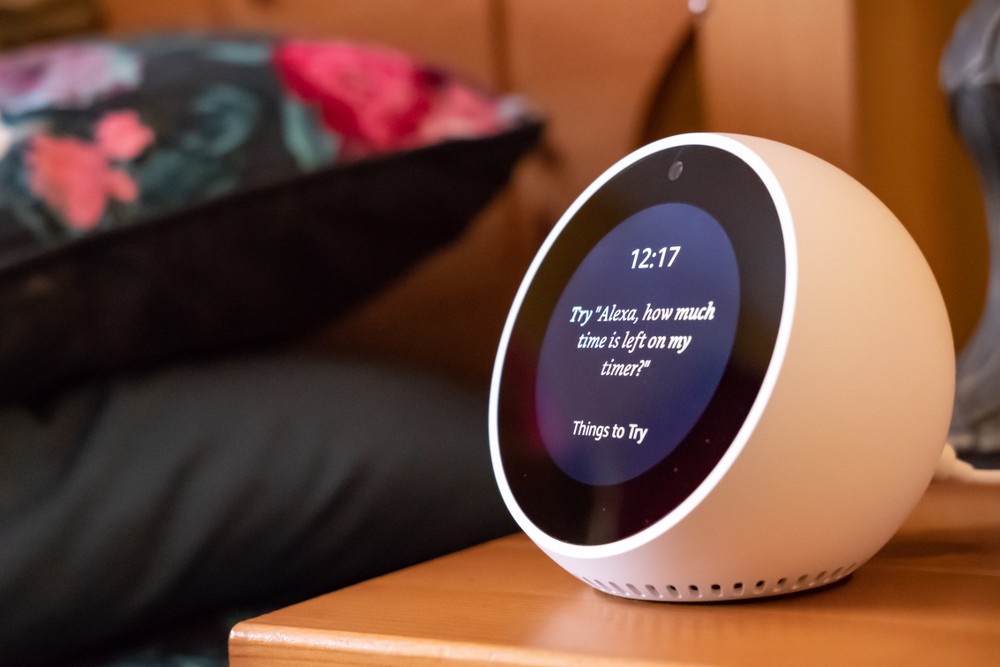
If software is really “eating the world,” no company is more likely to come down with a vicious case of indigestion than Amazon. In just a couple of decades, the company has redefined the experience of shopping, transformed office life via Amazon Web Services and introduced us to Alexa — their friendly, helpful voice assistant.
A casual observer might say the creation of Alexa — as popular as she is — is somewhat inconsequential for a company that helped reinvent shopping and working.
And that casual observer would be utterly wrong.
Why Alexa and voice technology offer extraordinary possibilities for brands
Amazon is working to make voice technology an indispensable part of our daily lives by following a two-pronged strategy: Improving Alexa’s underlying software to make her more powerful and life-like, with also rolling out a plethora of new Alexa-equipped hardware devices, each designed to fulfill a specific role.
One example: The Amazon Spot — a compact, Alexa-equipped device with added features made possible through the touchscreen. While it might first appear to be a simple, whimsical looking home device, the Spot has much more going on under the surface — and it starts with a concept called machine vision.
The Echo Spot uses artificial intelligence-equipped video and voice processing to allow Alexa to better understand the surrounding environment. By merging voice with visuals, Alexa can use her facial recognition capabilities to perform tasks such as adjusting room temperatures, alerting you when friends or packages arrive at the door or guide you through custom recipes.
At its recent hardware rollout in September, Amazon debuted more than a dozen new products and product upgrades, most of which came equipped with Alexa. The tech giant seems intent about deploying Alexa’s capabilities in every possible device — not only in our homes but also in our vehicles as well.
Amazon’s push to make Alexa omnipresent in our daily lives is no big strategic secret. In a recent company earnings call, Amazon hinted that Alexa would be a key growth driver in the years ahead, not merely in e-commerce, but in digital streaming services and other channels.
A new paradigm
The debut of the iPhone seems like a seminal event in retrospect, but at the time it left some observers decidedly underwhelmed — a TechCrunch review even predicted the iPhone would “bomb” because consumers would hate the now-revolutionary touchscreen design.
We can’t judge these early misapprehensions too harshly, however — it’s often difficult to grasp paradigm-shifting technology in its early stages.
Voice technology is developing along the same curve. At first, these devices seemed to be a useful but hardly essential household luxury. As the technology grows more powerful, however, the true nature of this shift will become apparent.
Voice app development and new hardware devices such as Amazon Spot will make the technology more accessible, easier to use and, ultimately, harder to live without — and that’s something that should draw the attention of every marketer.
The takeaway
Much as the notion of carrying a tiny computer that’s integrated into every aspect of your life would have seemed far-fetched as late as the year 2000, replacing the conventional smartphone with advanced voice assistants (in hundreds or thousands of different forms) today seems remarkable.
Soon, however, Alexa, Siri, and Google Assistant will be our constant companions, ready to help execute an almost limitless series of tasks with great efficiency and precision. The maturation of the underlying machine learning technology — and countless new skills being added through voice app development — will help speed this process.
While voice assistant-enabled commercial transactions may be a novelty for many today, they will soon become commonplace. This means that brands that begin deploying voice technology at this (still early) stage will carve out a significant edge in the voice and visual ecosystem.
Contact our voice engineering services team today to get the edge on voice technology.


